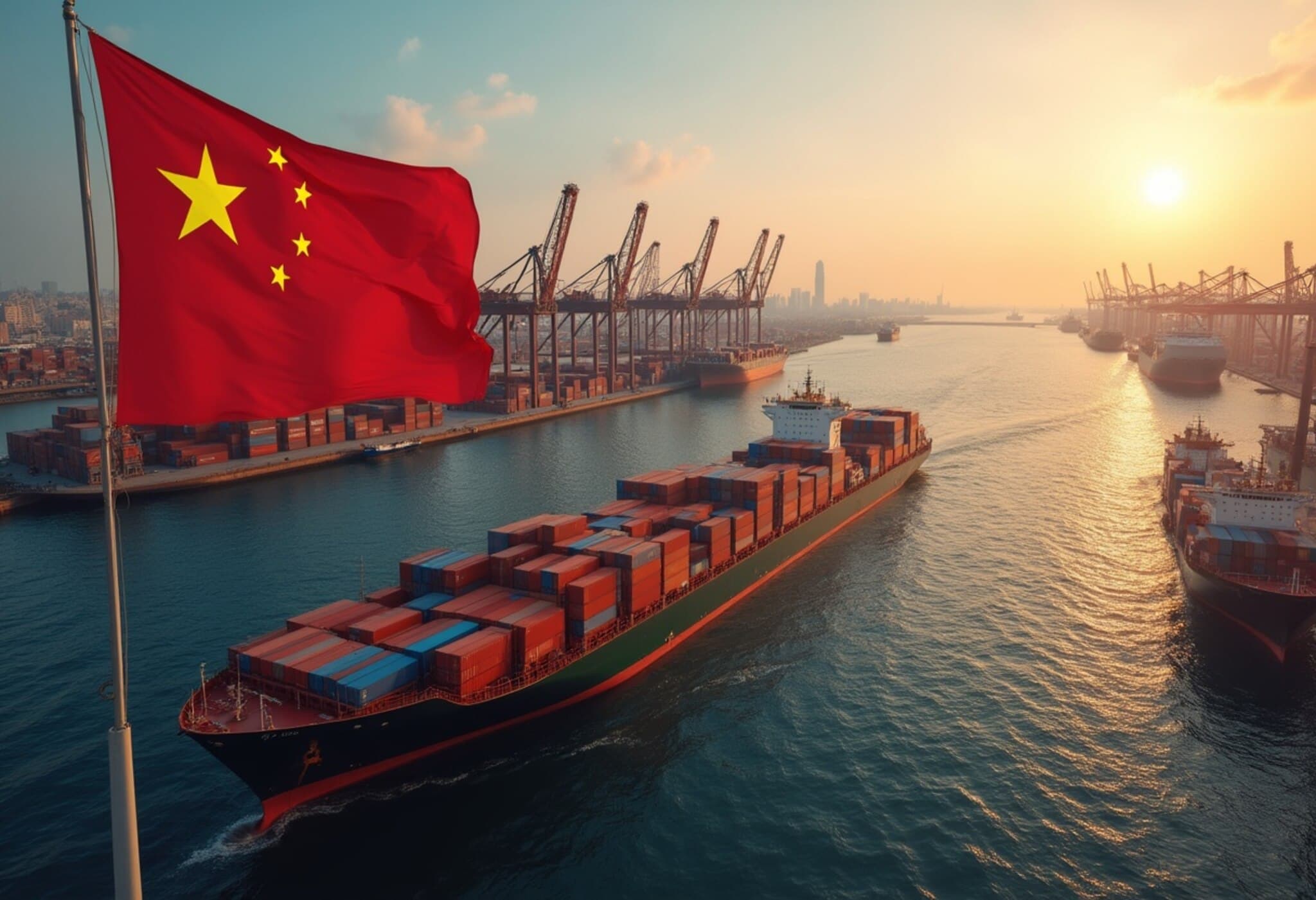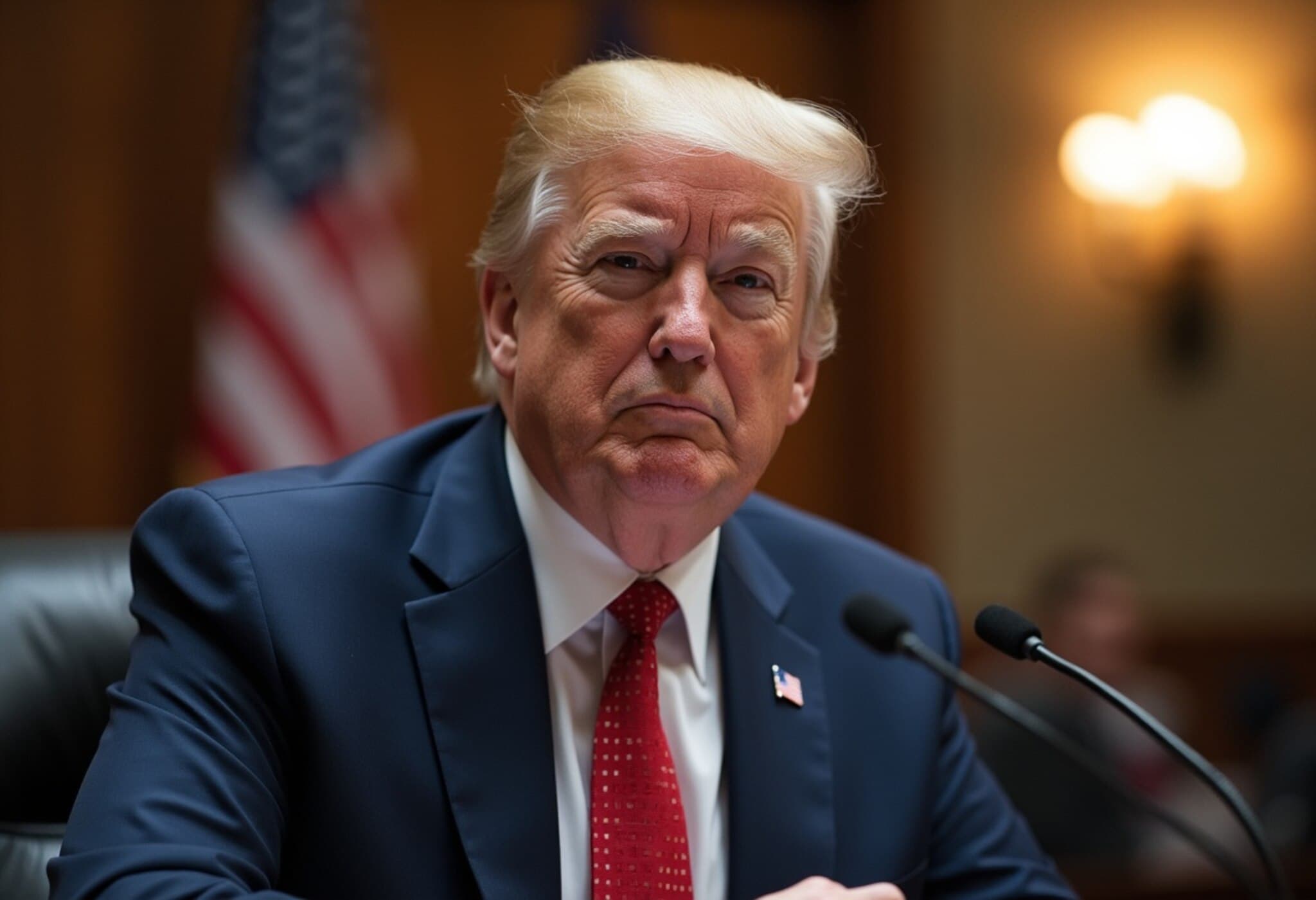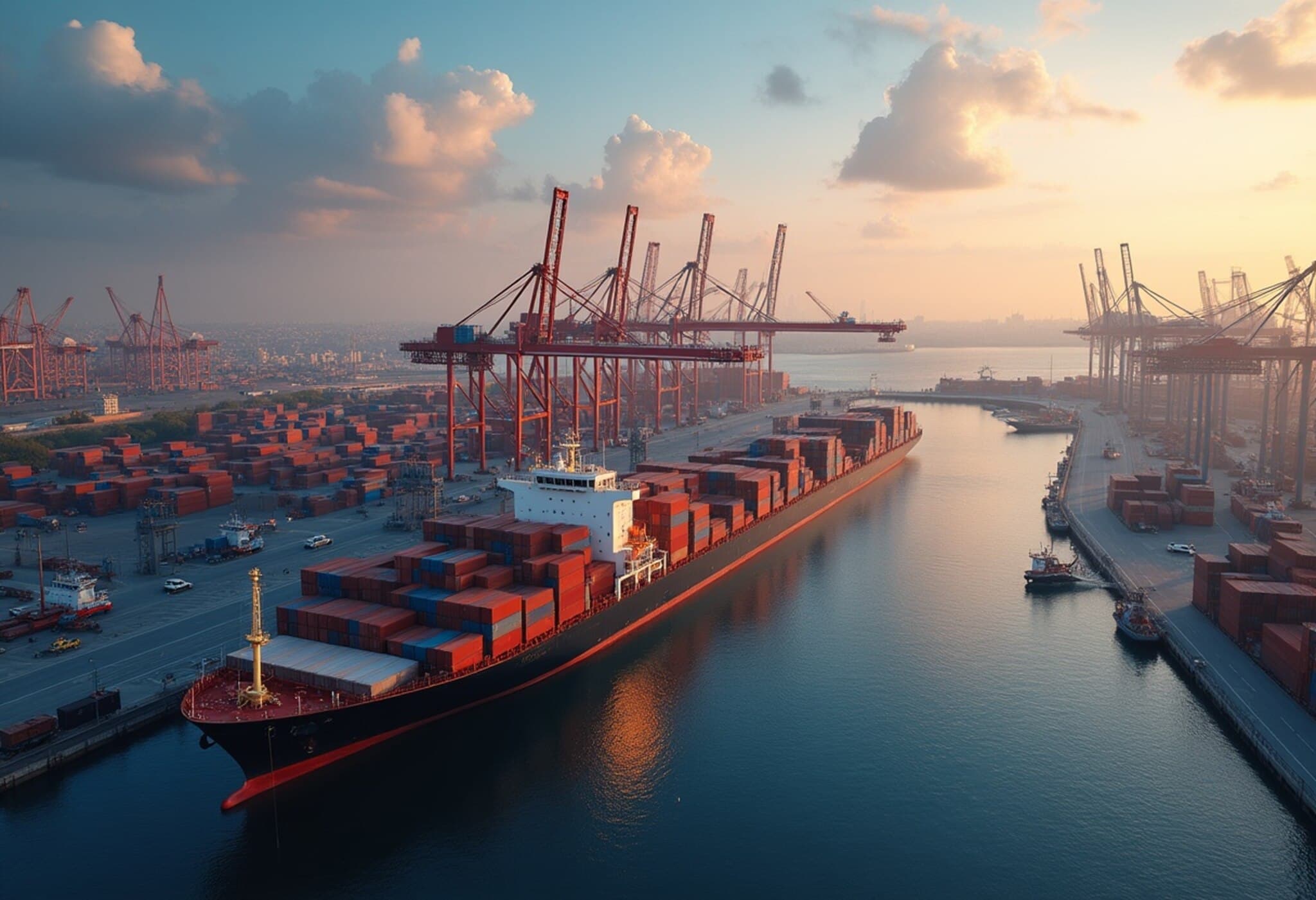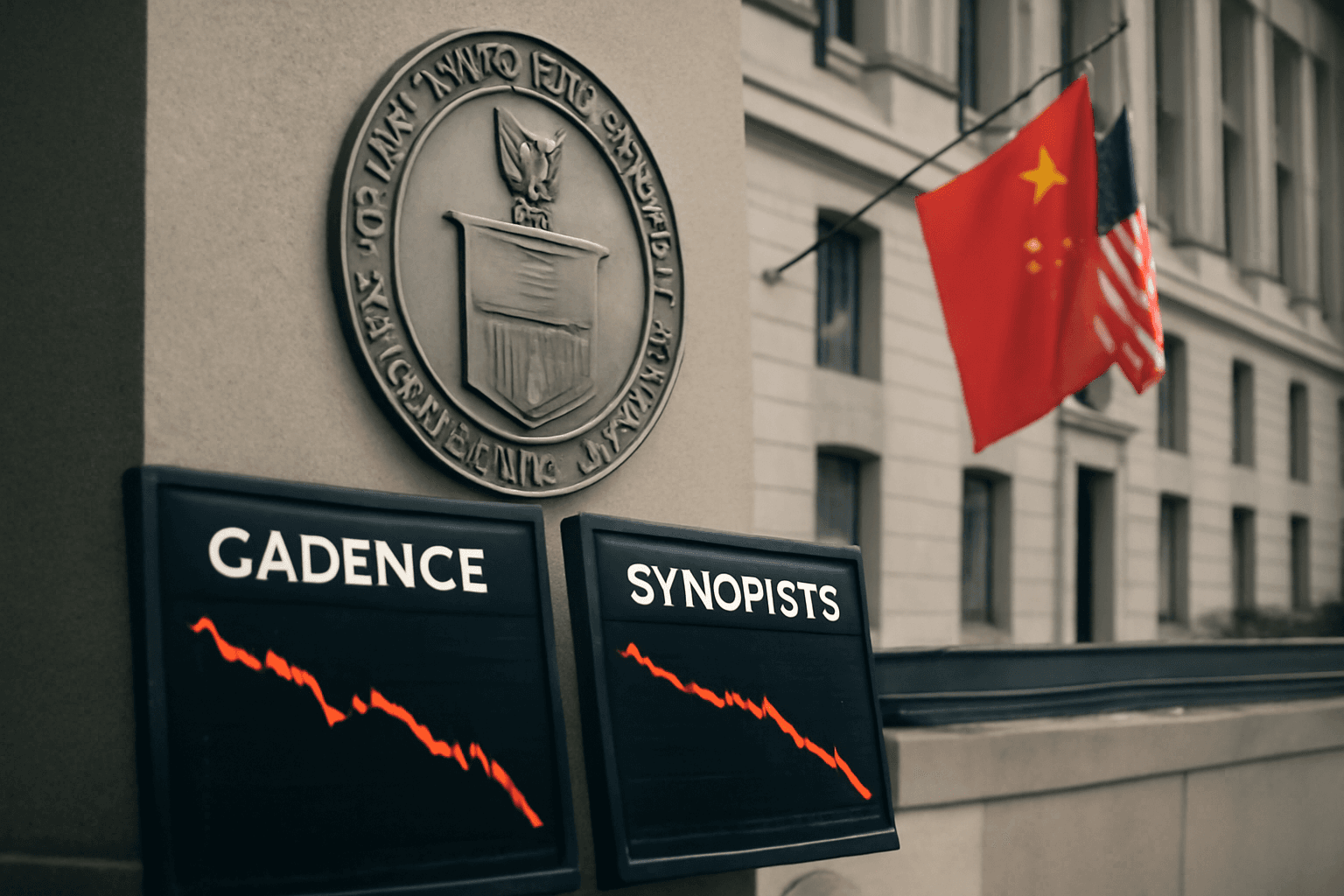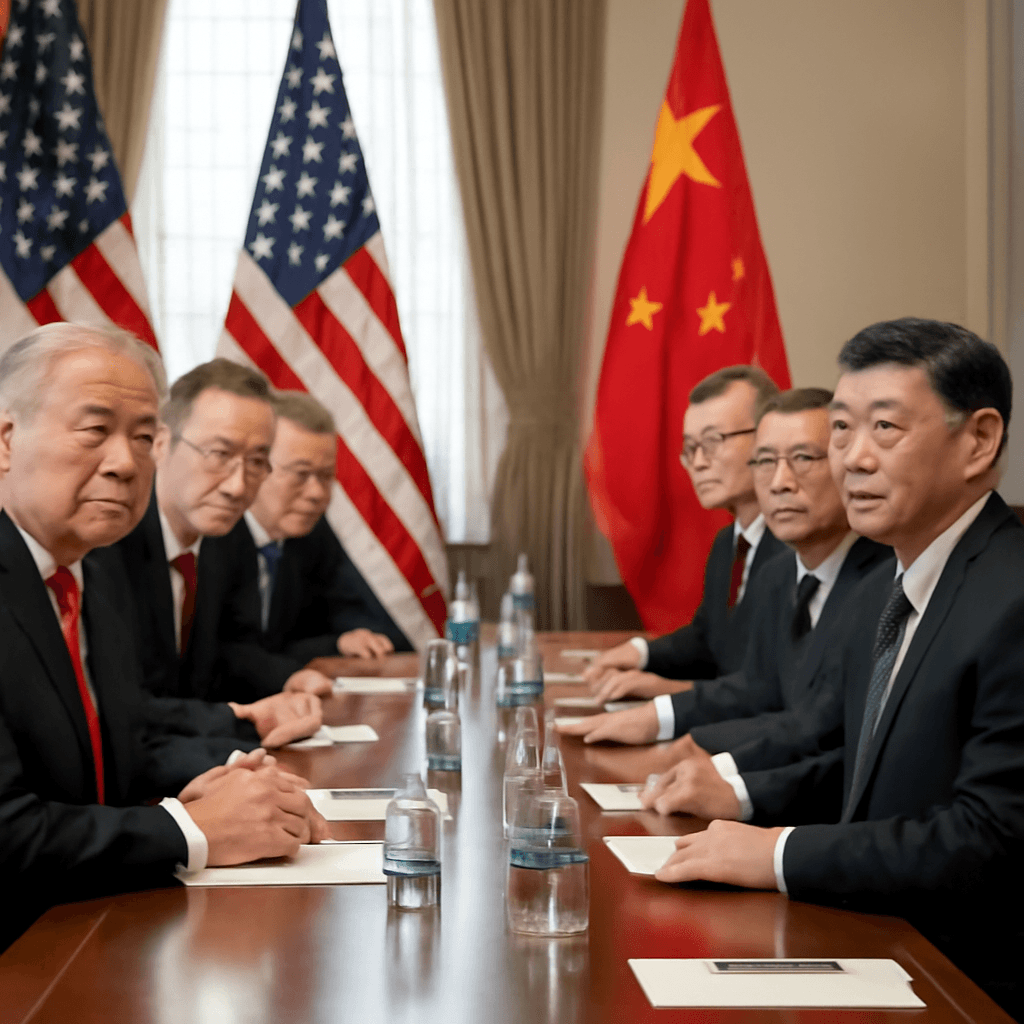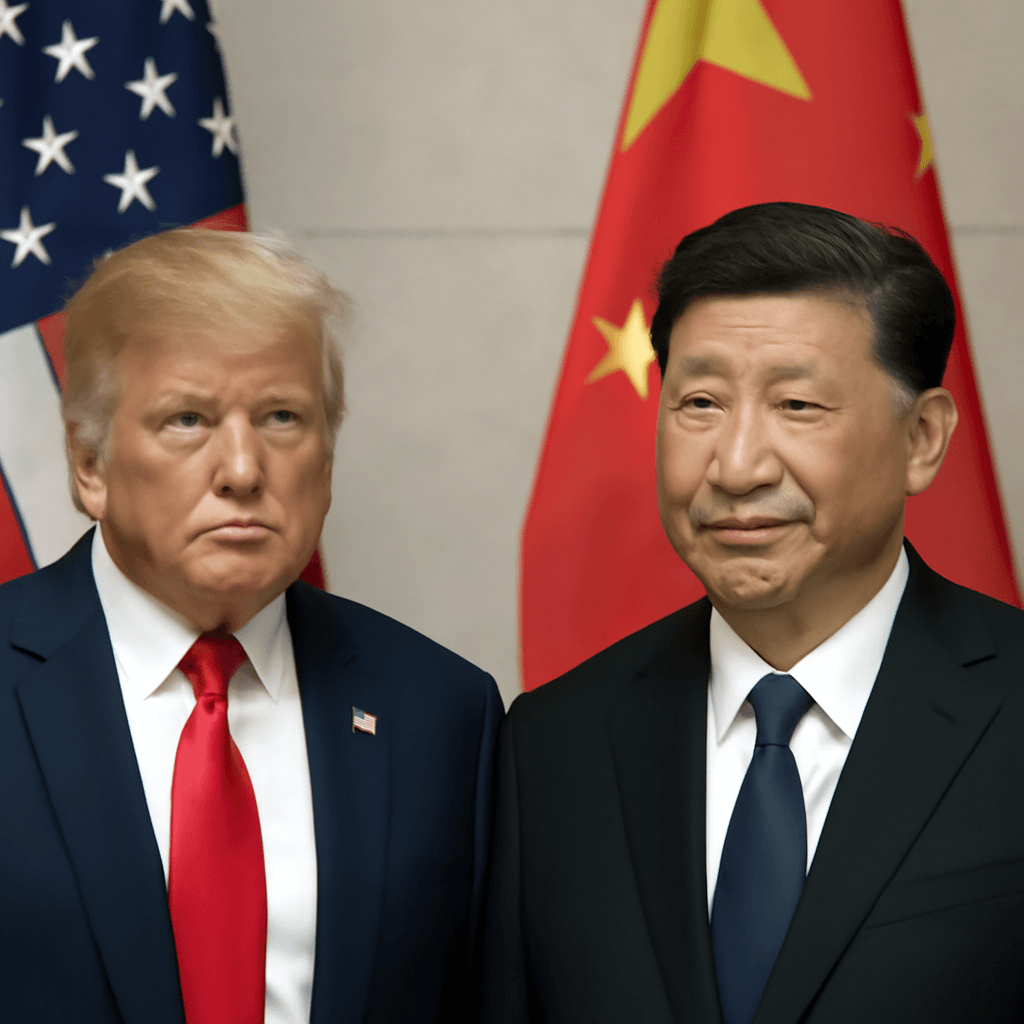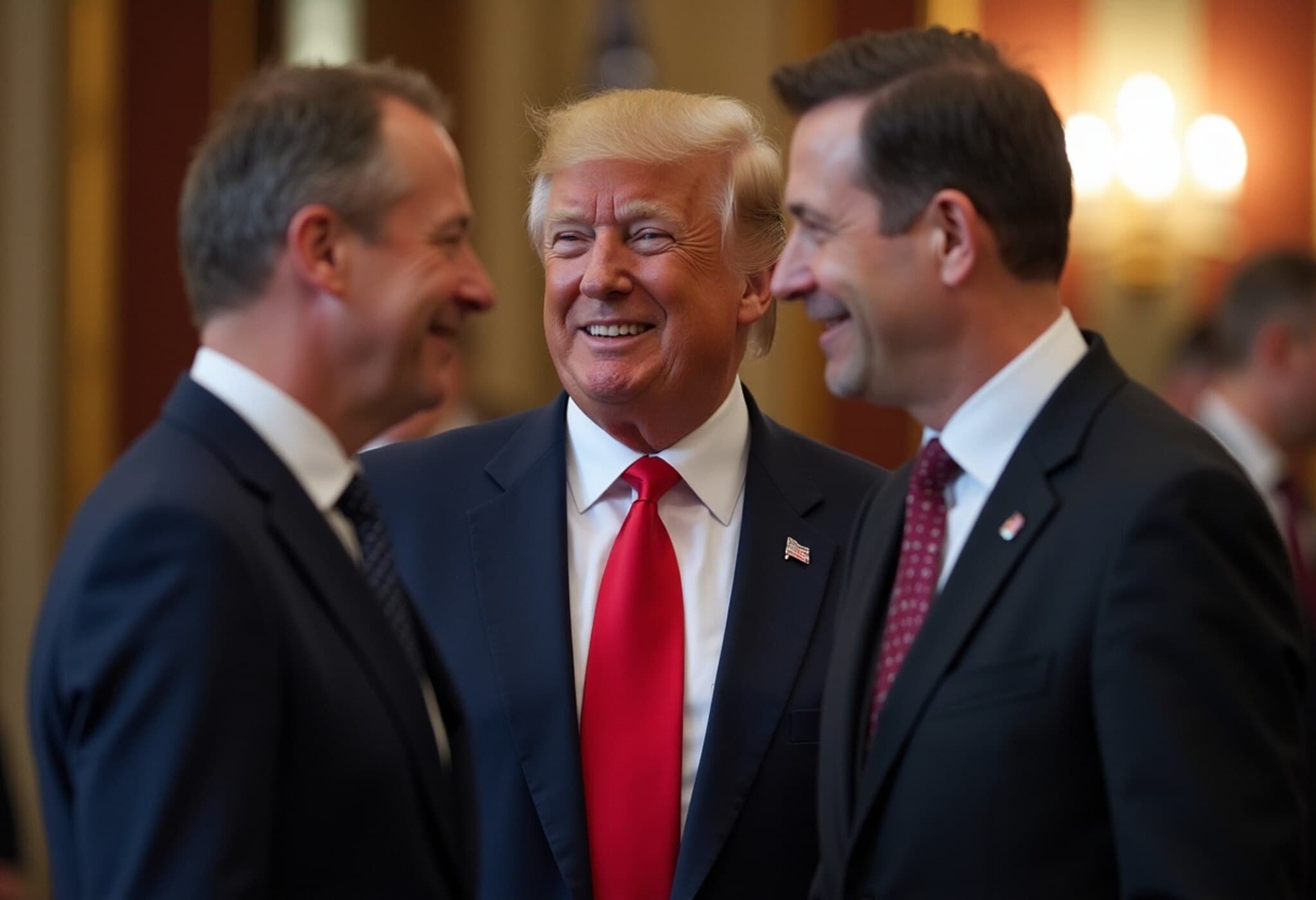China’s Export Growth Exceeds Expectations in June
China's export sector outperformed analysts' forecasts in June 2025, showing a notable 5.8% year-over-year increase in U.S. dollar terms. This growth was primarily driven by strong demand from markets outside the United States, reflecting Beijing's continued pivot toward global diversification amid ongoing trade tensions.
Robust Export Gains to Southeast Asia and Europe
While China's exports to the U.S. declined sharply—dropping 16.1% for the third consecutive month—shipments to Southeast Asian countries soared by an impressive 16.8%, and exports to the European Union rose by 7.6%. This shift underscores China’s strategic efforts to mitigate the impact of American tariffs and reinforce trade ties in alternative regions.
Imports Show First Growth of 2025 Amid Domestic Recovery Signs
China's imports rose by 1.1% year-on-year in June, marking the first import growth seen this year despite missing economists’ expectations of a 1.3% increase. The gradual revival hints at improving domestic demand after months of sluggish consumption, although cautious optimism remains given the broader economic challenges.
Trade Tensions and the U.S. Market Dynamics
The ongoing trade friction with the U.S. continues to shape China’s export landscape. Since the May 12 temporary tariff ceasefire—where both nations agreed to suspend most tariffs for 90 days—China’s export decline to the U.S. has moderated but remains significant. Imports from the U.S. also fell by 15.5% in June, though this was a marked improvement from the steep declines witnessed earlier in the year.
Strategic Context: The Geneva and London Agreements
Chinese Customs Deputy Chief Wang Lingjun highlighted the "hard-won" progress made under the Geneva agreement and the recent London framework, emphasizing rapid efforts to implement these deals. These agreements aim to ease trade barriers such as export controls on rare earth minerals and technology components, potentially setting the stage for a more stable bilateral relationship ahead of the August 12 deadline for a broader deal.
U.S. Policy Responses and Broader Implications
- U.S. Secretary of State Marco Rubio’s recent engagements with Chinese officials reflect the high-level diplomatic push to maintain dialogue.
- President Trump’s threats to impose tariffs as high as 40% on trans-shipped goods, particularly from Vietnam—a key channel for Chinese manufacturers—illustrate Washington’s growing focus on supply chain vulnerabilities.
- Additional tariffs on imports from BRICS-aligned countries potentially raise new economic challenges for China, which remains a founding member of this bloc.
China’s Economic Outlook and Trade Strategy
As China prepares to release its second-quarter GDP growth figures, forecasts suggest a slight cooling to 5.1% growth, down from a 5.4% expansion earlier in the year. This deceleration signals the complex balance Beijing must strike between sustaining export momentum and managing the ramifications of global and domestic pressures.
Experts note that China’s aggressive diversification into Southeast Asian and European markets not only cushions against U.S. tariff fallout but also aligns with broader Belt and Road Initiative goals and regional trade partnerships. However, how sustainable this shift will be in the face of global economic headwinds and geopolitical uncertainty remains an open question.
Key Takeaways for Policymakers and Investors
- Diversification is key: China's pivot away from dependence on the U.S. market demonstrates a long-term strategic realignment.
- Trade talks remain fragile: While interim agreements provide temporary relief, underlying tensions and policy threats could resurface.
- Domestic demand recovery: Early signs of import growth may suggest improving consumer confidence and production needs within China.
Editor’s Note
China's June trade data paints a picture of resilience amid ongoing adversities. While tariff tensions with the U.S. persist, the country’s ability to expand exports to alternative markets offers a crucial buffer. However, the geopolitical landscape remains volatile, and the coming months will be critical to watch for potential shifts in trade policies and economic growth. For U.S. and global stakeholders, understanding these nuanced dynamics is essential to navigating an increasingly complex international trade environment.

